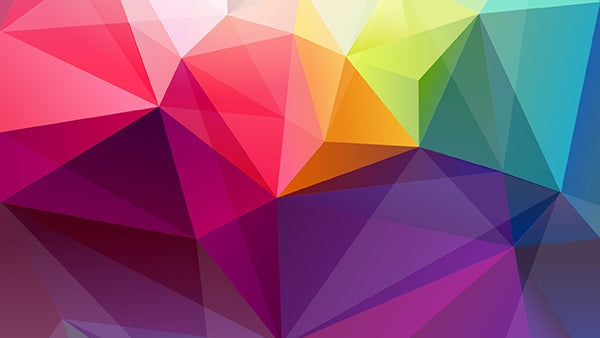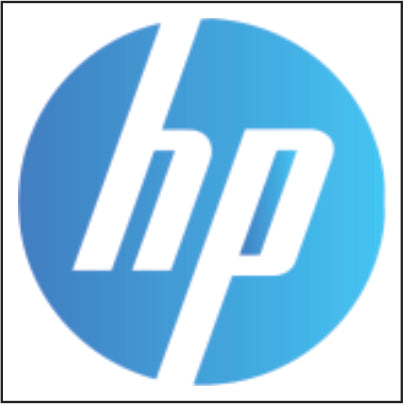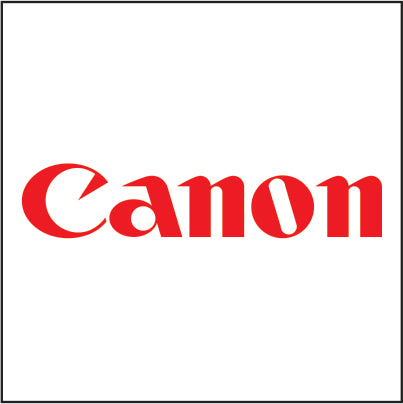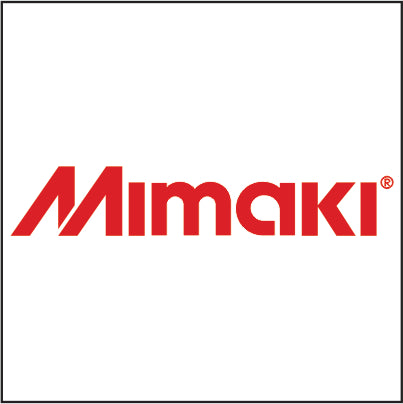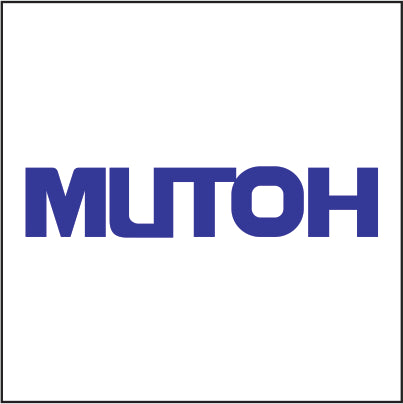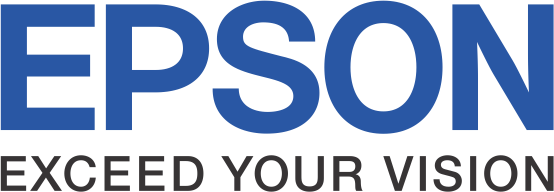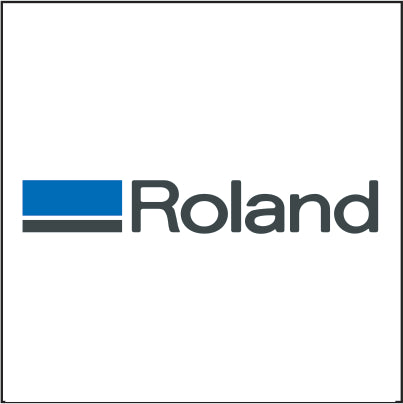Raster vs. Vector Graphics: What's the Difference? How is Print Quality Affected?

In today's digital world, understanding the differences between raster and vector graphics is essential for anyone working in design, print, or digital media. Whether you're creating an image for a website, a logo for your brand, or a high-quality print ad, the decision between using raster or vector graphics can significantly affect the outcome of your project. But how do these two types of images differ, and what impact does each have on print quality? Let’s dive into the essentials of both graphics, their pros and cons, and how they affect your printed results.
What is a Raster Image?
A raster image is made up of a grid of individual pixels—tiny squares of color that together form an image. The most common raster formats include JPEG, PNG, GIF, and BMP. These images are resolution-dependent, which means that when you scale them up or down, the quality degrades. This can result in pixelation, especially when enlarging the image beyond its original resolution.
Raster images are perfect for complex, detailed designs, such as photographs or illustrations that require shading and intricate color variations. However, due to their pixel-based nature, raster images can lose sharpness when resized, making them less ideal for logos or designs that need to be used in various sizes.
Key Characteristics of Raster Images:
- Resolution-dependent: Quality diminishes when the image is resized.
- Pixel-based: Each pixel represents a color and is fixed in size.
- Ideal for detailed images: Best for photographs and designs that require complex color gradients.
What is a Vector Image?
A vector image, on the other hand, is made up of paths defined by mathematical formulas. These paths can represent lines, shapes, curves, and colors, which makes vector graphics resolution-independent. The advantage of vector graphics is that they can be scaled infinitely without losing quality. Whether you're resizing an image for a business card or a billboard, the vector will always remain sharp.
Common vector file formats include SVG, EPS, AI, and PDF. Because of their scalability and clarity, vector images are often used for logos, illustrations, and designs that need to be adaptable to different sizes or media.
Key Characteristics of Vector Images:
- Resolution-independent: Can be resized without losing quality.
- Path-based: Defined by mathematical equations, not pixels.
- Ideal for logos and designs that need scalability.
What Are the Common Raster File Formats?
Understanding the different file formats for raster images is crucial for determining how your images will appear when printed. Some of the most common raster file formats include:
- JPEG: A widely used format for photographs and web images. It supports high compression but can lose quality after repeated edits or compressions.
- PNG: A lossless format ideal for images with transparency, such as web graphics or logos on transparent backgrounds.
- GIF: Best for simple graphics or animations with limited colors (256 max).
- BMP: An older format mostly used for simple images, but it results in large file sizes.
- TIFF: A high-quality image format often used in print because it supports lossless compression.
Each of these formats has its strengths and weaknesses, and choosing the right one depends on the specific requirements of your project. For instance, Rastek H Compatible Ink can provide high-quality output for many of these formats, ensuring that colors remain vibrant and details are sharp when printed.
What Are the Common Vector File Formats?
Vector graphics come with a variety of file formats suited for different applications. Here are some of the most widely used vector file types:
- AI (Adobe Illustrator): The most common format for vector images, primarily used in graphic design and illustration.
- EPS: A versatile file format that works across different design software and can be used for both printing and web purposes.
- SVG: Scalable Vector Graphics is a web-friendly format that is commonly used for graphics in HTML and CSS, as well as logos and icons.
- PDF: While it can contain both raster and vector images, the vector element makes it ideal for scalable designs.
When it comes to printing, especially in large format, a Roland Eco-Sol MAX printer is ideal for ensuring that your vector images maintain crisp lines and vibrant colors across all sizes.

What is Resolution and How Does It Affect the Quality of Raster Graphics?
Resolution plays a significant role in the quality of raster graphics. Measured in pixels per inch (PPI), the resolution determines the level of detail in the image. A higher resolution means more pixels, which translates to a clearer, sharper image. However, if a raster image is too small or has low resolution, it can become pixelated when printed or enlarged.
For print, it’s generally recommended to use images with a resolution of at least 300 PPI. This ensures that the image will appear crisp and clear when printed at its intended size. For web use, a resolution of 72 PPI is often sufficient because the image is displayed on screens, which have a lower pixel density compared to print.
When designing for both print and digital formats, you need to carefully balance resolution to avoid sacrificing quality. Too low a resolution will result in a blurry or pixelated image, while too high a resolution can lead to large file sizes and slow loading times.
What Are the Advantages and Disadvantages of Using Raster and Vector Graphics?
Advantages of Raster Graphics:
- Detail and Texture: Ideal for intricate designs like photographs and textures that require subtle shading and color blending.
- Wide Compatibility: Supported by almost all digital platforms, software, and devices.
- Rich Color Depth: Can reproduce a wide range of colors, making them perfect for realistic images.
Disadvantages of Raster Graphics:
- Resolution Dependency: Quality degrades when resized or printed at larger sizes.
- Large File Sizes: High-resolution images can take up considerable storage space, particularly when dealing with photographs.
Advantages of Vector Graphics:
- Scalability: Can be resized to any dimension without losing quality, making them ideal for logos, billboards, and other media that require different sizes.
- Small File Sizes: Vector files are typically much smaller than raster files, which makes them easier to manage and faster to load.
- Clarity at Any Size: Always maintains sharp lines and clear edges, regardless of size.
Disadvantages of Vector Graphics:
- Limited Detail: Not suitable for images that require complex color gradients or fine detail, such as photographs.
- Learning Curve: Working with vector graphics requires familiarity with design software like Adobe Illustrator or CorelDRAW.
How to Ensure Print Quality with Raster and Vector Graphics
When preparing images for print, it’s important to keep in mind the format you’re working with. For raster graphics, be sure to use the correct resolution to avoid pixelation. For vector graphics, double-check the scaling settings to ensure the image remains sharp regardless of size.

For example, if you're printing a large banner with a raster image, be sure to use a high-resolution file that is suitable for the final print size. On the other hand, if you’re designing a logo for a business card and a billboard, vector graphics will allow you to scale it up or down without compromising the quality.
What About Printer Technology?
When printing, technology like Rastek H Compatible Ink and Roland Eco-Sol MAX printers can help ensure the best output for both raster and vector images. These printers are designed to handle high-quality prints, whether you’re working with a photograph or a vector logo, delivering rich colors and fine details.
Conclusion
Whether you choose raster or vector graphics depends on your project’s needs. If you require complex imagery, like photographs, or need subtle color gradients, raster is the way to go. If scalability and clean lines are essential, vector graphics will serve you better. Understanding the differences between these two formats and how they impact print quality is crucial for delivering high-quality designs that make an impact.
When considering the right format, always think about your end result. If you're printing on a large scale or need to resize your graphics often, vector is likely your best option. For more detailed, rich imagery, stick with raster.
For more information on print technologies and how to ensure your designs are optimized, check out this helpful guide on maintenance and repair.

